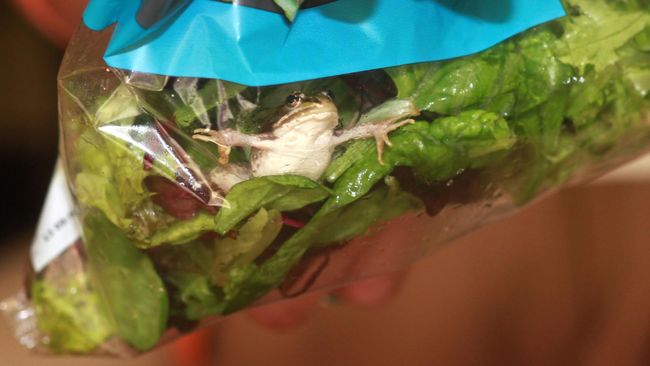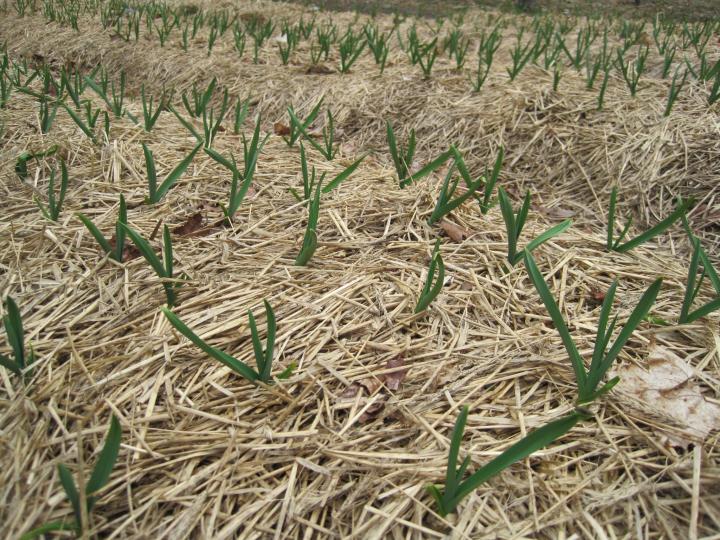You are using an out of date browser. It may not display this or other websites correctly.
You should upgrade or use an alternative browser.
You should upgrade or use an alternative browser.
Random thoughts
- Thread starter D_Barbi_Queue
- Start date
rbkwp
Mythical Member
- Joined
- Aug 21, 2007
- Posts
- 90,207
- Media
- 1
- Likes
- 52,524
- Points
- 608
- Location
- Auckland, Auckland, NZ
- Sexuality
- 100% Gay, 0% Straight
- Gender
- Male

Gladioli
Start Shopping Now

Hosta's
Start Shopping Now

Iris Germanica
- Bearded Iris -
Start Shopping Now

Calla Lilies
Start Shopping Now

Astilbe
Start Shopping Now

Begonias
Start Shopping Now

Gloriosa Rothschildiana
- Flame Lily -
Start Shopping Now

Day Lilies
Start S
We LOVE gardening!
rbkwp
Mythical Member
- Joined
- Aug 21, 2007
- Posts
- 90,207
- Media
- 1
- Likes
- 52,524
- Points
- 608
- Location
- Auckland, Auckland, NZ
- Sexuality
- 100% Gay, 0% Straight
- Gender
- Male
pooh pooh
all talk
makes you wonder if some are really concerned
![]()
ENVIRONMENT
Our Abuse of Land Is Making Climate Change Worse
BY MATT SIMON
Cutting out fossil fuels, which the IPCC has called for repeatedly, isn’t enough—we as a species need to fundamentally transform our relationship with the land.
![]()
CLIMATE CHANGE
We’re Eating This Planet to Death
BY MATT SIMON
A new IPCC report is clear: If we can’t figure out how to feed our species more sustainably, climate change will accelerate and make it harder to grow food.
all talk
makes you wonder if some are really concerned

ENVIRONMENT
Our Abuse of Land Is Making Climate Change Worse
BY MATT SIMON
Cutting out fossil fuels, which the IPCC has called for repeatedly, isn’t enough—we as a species need to fundamentally transform our relationship with the land.
.jpg)
CLIMATE CHANGE
We’re Eating This Planet to Death
BY MATT SIMON
A new IPCC report is clear: If we can’t figure out how to feed our species more sustainably, climate change will accelerate and make it harder to grow food.
rbkwp
Mythical Member
- Joined
- Aug 21, 2007
- Posts
- 90,207
- Media
- 1
- Likes
- 52,524
- Points
- 608
- Location
- Auckland, Auckland, NZ
- Sexuality
- 100% Gay, 0% Straight
- Gender
- Male
personally dont have any objection to those who need/desire such living accomdation
am sure there would be certain objections from perfectionists tho
esp those with supposed earthquake concerns
abd/or the odd objections from a local council perhaps citing ugly,or wanting supposed better quality real homes etc
always going to have relatively well to do authorities dictating to the poor, not caring if theyre in debt for life, or have minimal for food
NZs Justice system has trialled such
good,sensible
Shipping container homes
"Cargotecture" is becoming increasingly popular as a cheap alternative to traditional houses.
![]()
The humble shipping container is finding new life in the U.K., where Fraser Brown MacKenna Architects has obtained approval to construct a series of homes out of the ubiquitous containers. This "cargotecture" project is aimed at providing cheap, social housing using recycled materials. The buildings will be constructed for social rent, a practice where rents are tied to local incomes and housing costs.
Social rental properties, in general, are much needed in the U.K. — the construction of such properties has dropped by 80 percent in the past decade, while more than 1 million people are stuck on a waiting list.
am sure there would be certain objections from perfectionists tho
esp those with supposed earthquake concerns
abd/or the odd objections from a local council perhaps citing ugly,or wanting supposed better quality real homes etc
always going to have relatively well to do authorities dictating to the poor, not caring if theyre in debt for life, or have minimal for food
NZs Justice system has trialled such
good,sensible
Shipping container homes
"Cargotecture" is becoming increasingly popular as a cheap alternative to traditional houses.

The humble shipping container is finding new life in the U.K., where Fraser Brown MacKenna Architects has obtained approval to construct a series of homes out of the ubiquitous containers. This "cargotecture" project is aimed at providing cheap, social housing using recycled materials. The buildings will be constructed for social rent, a practice where rents are tied to local incomes and housing costs.
Social rental properties, in general, are much needed in the U.K. — the construction of such properties has dropped by 80 percent in the past decade, while more than 1 million people are stuck on a waiting list.
rbkwp
Mythical Member
- Joined
- Aug 21, 2007
- Posts
- 90,207
- Media
- 1
- Likes
- 52,524
- Points
- 608
- Location
- Auckland, Auckland, NZ
- Sexuality
- 100% Gay, 0% Straight
- Gender
- Male
fond of all,we have no right to destroy them, those thqat do
chemical corporates
Frogs, Toads, Lizards and Bats ... Were Found in Bagged Salads
By Mindy Weisberger 4 days ago Strange News
(Image: © Daily Echo/Solent News/Shutterstock)
In recent years, dozens of people in the United States who bought prepackaged salads at their local grocery stores found unexpected extra ingredients mixed in with their kale and romaine: frogs, lizards, rodents and even a bat.
In 10 instances, the animals were still alive. (Perhaps, that made the encounters less gruesome … or infinitely worse.)
Researchers recently reviewed reports of these animal discoveries dating back to 2003, describing their findings in a new study. They presented 40 examples of bagged salads purchases in 20 states that included unwelcome wildlife stowaways; 38 of these encounters took place during the past decade. [9 Disgusting Things That the FDA Allows in Your Food]
The scientists collected data on incidents that had been covered by news outlets online, noting details such as the date and location of the animal discoveries; the type of produce; whether the produce was boxed or bagged; and the animal species — and if it was dead or alive. For the dead animals, the scientists recorded "whether the animal was whole or partial," they wrote in the study, published online July 20 in the journal Science of the Total Environment.
![uxenPKd6MG7TL6HnqLqvAM-650-80.jpg]()
Geographic distribution for 39 incidents of extemporaneous wild animals found by customers in prepackaged produce items purchased in the U.S. (One frog incident from July 2012 didn't include any specific geographic location.)
(Image credit: D. Hughes/M. Green/J. Warner/P. Davidson)
Of the animals found in salad, about 53% were frogs and toads, and most of the frogs were in the treefrog group. Around 23% of the salad animals were reptiles, while nearly 18% were mammals and the rest were birds, the scientists reported. Most of the mammals were rodents, but the one instance of a bat in salad — a Brazilian free-tailed bat (Tadarida brasiliensis) found in Florida in 2017 — received significantly more media attention than other animals, likely because bats are known vectors for many diseases that affect people, the researchers explained.
They also noted that animal appearances were three times more common in bags of conventional vegetables than in organic greens.
And though this study focused on animals with backbones, the researchers found "numerous instances" of invertebrate life in packaged salads.
"Pending a thorough review, these may in fact outnumber the vertebrate cases," they wrote. It's also possible that wildlife ends up in packaged salad even more frequently than their findings suggest, as some incidents may have gone unreported or were covered only in print media, which was not included in this study, the scientists added.
Prepackaged salads have surged in popularity since their introduction in the 1980s, and the industry's rapid growth and increasing reliance on automated production pipelines could explain how small, wild animals could bypass safety features and end up sealed inside a salad bag, the study authors reported.
This is the first study to address these recurring instances of small vertebrate wildlife in salad, and "it remains unclear whether these occurrences indicate a food-safety crisis or a complaint against food quality," according to the study. Further observations of the harvesting and production process will be necessary in order to pinpoint when and how the animals find their way into salad bags, and what steps might be taken to keep them out, the authors concluded.
Frogs, Toads, Lizards and Bats ... Were Found in Bagged Salads
chemical corporates
Frogs, Toads, Lizards and Bats ... Were Found in Bagged Salads
By Mindy Weisberger 4 days ago Strange News
(Image: © Daily Echo/Solent News/Shutterstock)
In recent years, dozens of people in the United States who bought prepackaged salads at their local grocery stores found unexpected extra ingredients mixed in with their kale and romaine: frogs, lizards, rodents and even a bat.
In 10 instances, the animals were still alive. (Perhaps, that made the encounters less gruesome … or infinitely worse.)
Researchers recently reviewed reports of these animal discoveries dating back to 2003, describing their findings in a new study. They presented 40 examples of bagged salads purchases in 20 states that included unwelcome wildlife stowaways; 38 of these encounters took place during the past decade. [9 Disgusting Things That the FDA Allows in Your Food]
The scientists collected data on incidents that had been covered by news outlets online, noting details such as the date and location of the animal discoveries; the type of produce; whether the produce was boxed or bagged; and the animal species — and if it was dead or alive. For the dead animals, the scientists recorded "whether the animal was whole or partial," they wrote in the study, published online July 20 in the journal Science of the Total Environment.
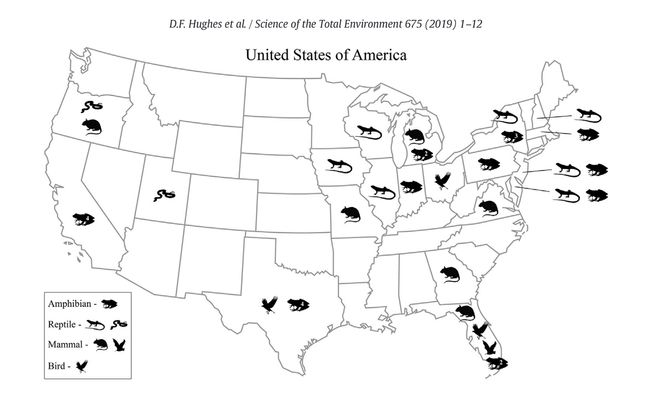
Geographic distribution for 39 incidents of extemporaneous wild animals found by customers in prepackaged produce items purchased in the U.S. (One frog incident from July 2012 didn't include any specific geographic location.)
(Image credit: D. Hughes/M. Green/J. Warner/P. Davidson)
Of the animals found in salad, about 53% were frogs and toads, and most of the frogs were in the treefrog group. Around 23% of the salad animals were reptiles, while nearly 18% were mammals and the rest were birds, the scientists reported. Most of the mammals were rodents, but the one instance of a bat in salad — a Brazilian free-tailed bat (Tadarida brasiliensis) found in Florida in 2017 — received significantly more media attention than other animals, likely because bats are known vectors for many diseases that affect people, the researchers explained.
They also noted that animal appearances were three times more common in bags of conventional vegetables than in organic greens.
And though this study focused on animals with backbones, the researchers found "numerous instances" of invertebrate life in packaged salads.
"Pending a thorough review, these may in fact outnumber the vertebrate cases," they wrote. It's also possible that wildlife ends up in packaged salad even more frequently than their findings suggest, as some incidents may have gone unreported or were covered only in print media, which was not included in this study, the scientists added.
Prepackaged salads have surged in popularity since their introduction in the 1980s, and the industry's rapid growth and increasing reliance on automated production pipelines could explain how small, wild animals could bypass safety features and end up sealed inside a salad bag, the study authors reported.
This is the first study to address these recurring instances of small vertebrate wildlife in salad, and "it remains unclear whether these occurrences indicate a food-safety crisis or a complaint against food quality," according to the study. Further observations of the harvesting and production process will be necessary in order to pinpoint when and how the animals find their way into salad bags, and what steps might be taken to keep them out, the authors concluded.
Frogs, Toads, Lizards and Bats ... Were Found in Bagged Salads
rbkwp
Mythical Member
- Joined
- Aug 21, 2007
- Posts
- 90,207
- Media
- 1
- Likes
- 52,524
- Points
- 608
- Location
- Auckland, Auckland, NZ
- Sexuality
- 100% Gay, 0% Straight
- Gender
- Male
love Au rural
dont give a F' if you dont ha
![]()
Calls for urgent overhaul as food crisis looms
Clean energy and transport aren't enough — we urgently need to change what we produce and eat, a new report says.
![]()
Asian barramundi whole-fish imports spark biosecurity concern for local farms free of diseases
Sixty per cent of the barramundi we eat comes from Asia. But local farmers worry we might be importing more than just fish.
![]()
Drought prompts water restrictions in Stanthorpe, with TV ads warning locals on usage
A southern Queensland town is in emergency talks as it faces the threat of spending $2m a month trucking water in.
As the closure of the Liddell power plant looms, plans to shore up NSW's energy supply have struck turbulence.
![]()
Animal carcasses and their flies could be 'the new bees' as researchers try to diversify pollinators
With the agriculture sector reliant on under-threat bees, a stinky new technique could get other pollinators to favour crops.
![]()
about time
Hemp is considered a very versatile crop which can be used in a wide range of products, including sunscreen, clothing, soap and a concrete substitute.
The NT is the last state or territory to legalise the hemp industry
The hemp legalisation bill passed today had the support of both the NT Government and the Country Liberal Party.
The legislation puts the NT in line with other states and territories, in allowing for the growing of industrial hemp.
Hemp is a variety of cannabis but, due to its low concentration of the plant's psychoactive property, tetrahydrocannabinol (THC), it has no wacky effects on people when consumed.
good news Fwd thinking CUnNT
industrial.....but starters
most too shit scared
ie
no profit whatever
Hemp plans unveiled for Aileron cattle station
The NT has given farmers the go ahead to grow industrial hemp. Aileron station is set to be among the first to sow.
![]()
dont give a F' if you dont ha

Calls for urgent overhaul as food crisis looms
Clean energy and transport aren't enough — we urgently need to change what we produce and eat, a new report says.

Asian barramundi whole-fish imports spark biosecurity concern for local farms free of diseases
Sixty per cent of the barramundi we eat comes from Asia. But local farmers worry we might be importing more than just fish.

Drought prompts water restrictions in Stanthorpe, with TV ads warning locals on usage
A southern Queensland town is in emergency talks as it faces the threat of spending $2m a month trucking water in.
As the closure of the Liddell power plant looms, plans to shore up NSW's energy supply have struck turbulence.

Animal carcasses and their flies could be 'the new bees' as researchers try to diversify pollinators
With the agriculture sector reliant on under-threat bees, a stinky new technique could get other pollinators to favour crops.

about time
Hemp is considered a very versatile crop which can be used in a wide range of products, including sunscreen, clothing, soap and a concrete substitute.
The NT is the last state or territory to legalise the hemp industry
The hemp legalisation bill passed today had the support of both the NT Government and the Country Liberal Party.
The legislation puts the NT in line with other states and territories, in allowing for the growing of industrial hemp.
Hemp is a variety of cannabis but, due to its low concentration of the plant's psychoactive property, tetrahydrocannabinol (THC), it has no wacky effects on people when consumed.
good news Fwd thinking CUnNT
industrial.....but starters
most too shit scared
ie
no profit whatever
Hemp plans unveiled for Aileron cattle station
The NT has given farmers the go ahead to grow industrial hemp. Aileron station is set to be among the first to sow.

rbkwp
Mythical Member
- Joined
- Aug 21, 2007
- Posts
- 90,207
- Media
- 1
- Likes
- 52,524
- Points
- 608
- Location
- Auckland, Auckland, NZ
- Sexuality
- 100% Gay, 0% Straight
- Gender
- Male
alternative thought bound to appear
![florida-wetlands.jpg]()
Everglades National Park Romrodinka / Getty Images
SHOULDA COULDA WOOD UH...
IPCC report: Planting trees isn’t enough to save us from the climate crisis
By Paola Rosa-Aquino on Aug 9, 2019 at 2:46 pm
daily dose of good news from Grist Subscribe To The Beacon
The conventional wisdom is that planting trees will save us from the ever-encroaching threat of climate change. Alas, the conventional wisdom is wrong: It’s going to take a lot more than trees to save the planet, according to a newIntergovernmental Panel on Climate Change report on land use.
Forests are basically charismatic megaflora — we like the idea of being in them and saving them and making more of them. But less charismatic forms of land are actually better long-term carbon sinks and worthy of our protection. We’re talking peatlands — areas with carbon-filled pits of rotted plant matter — and marshland.
Peat bogs, for example, got a special shout-out in the IPCC’s land use report. After all, they are the largest natural terrestrial carbon store, and they can trap carbon for centuries. Worldwide, the remaining area of near-natural peatland represents 42 percent of all soil carbon and exceeds the carbon stored in all other vegetation types, including the world’s forests. But, like marshlands, peatlands are constantly threatened because they are drained for industrial and agricultural development. The report makes it clear that including those swampy sinks should be included in our global conservation plans.
That’s not to say stopping deforestation isn’t also a climate priority — scientists say we should totally do that too. Every year, people across the globe chop downabout 15 billion trees to make room for agriculture and other forms of industry. In the Amazon rainforest, a crucial part of our carbon-curbing toolkit, deforestation has shot up by 278 percent. That’s largely a result of the pro-agribusiness policies of Brazil’s new, far-right president, Jair Bolsonaro. The authors of the IPCC report say that not only do we need to plant more trees, we need to stop tearing them down.
“Trees are very effective at taking carbon dioxide out of the atmosphere through photosynthesis, in some places offsetting human emissions of CO2 by 30 percent,” Pamela Templer, professor of biology at Boston University, told Grist.
But Templer added that the scope of any forest-based solution can’t stop with living trees; we also need to figure out how to make more things out of wood. “While trees don’t live forever, their wood provides a long-term carbon sink since it’s slow to decay,” she said. Forget steel and concrete: Wood acts like a lockbox for carbon dioxide, sequestering excess CO2 from the air. Thus, it gives trees — rather, former trees — a longer life as a carbon sink instead of burning it or allowing it to quickly break down.
For those of us who aren’t farmers or architects, we can also help mitigate climate change by making better choices about our diets and food waste. The report estimates up to a quarter of all food grown doesn’t actually end up on plates, and cutting food waste will cut emissions. And research published earlier this year found that we could feed 9 billion people if we adjust our diet to include less meat and changed certain agricultural practices such as overusing of fertilizer and mismanaging water resources.
So if you’re feeling your inner Lorax these days and want to speak for the trees — go right ahead. But maybe throw in a few good words for peatlands, agricultural reform, and food waste reduction.
IPCC report: Planting trees isn’t enough to save us from the climate crisis

Everglades National Park Romrodinka / Getty Images
SHOULDA COULDA WOOD UH...
IPCC report: Planting trees isn’t enough to save us from the climate crisis
By Paola Rosa-Aquino on Aug 9, 2019 at 2:46 pm
daily dose of good news from Grist Subscribe To The Beacon
The conventional wisdom is that planting trees will save us from the ever-encroaching threat of climate change. Alas, the conventional wisdom is wrong: It’s going to take a lot more than trees to save the planet, according to a newIntergovernmental Panel on Climate Change report on land use.
Forests are basically charismatic megaflora — we like the idea of being in them and saving them and making more of them. But less charismatic forms of land are actually better long-term carbon sinks and worthy of our protection. We’re talking peatlands — areas with carbon-filled pits of rotted plant matter — and marshland.
Peat bogs, for example, got a special shout-out in the IPCC’s land use report. After all, they are the largest natural terrestrial carbon store, and they can trap carbon for centuries. Worldwide, the remaining area of near-natural peatland represents 42 percent of all soil carbon and exceeds the carbon stored in all other vegetation types, including the world’s forests. But, like marshlands, peatlands are constantly threatened because they are drained for industrial and agricultural development. The report makes it clear that including those swampy sinks should be included in our global conservation plans.
That’s not to say stopping deforestation isn’t also a climate priority — scientists say we should totally do that too. Every year, people across the globe chop downabout 15 billion trees to make room for agriculture and other forms of industry. In the Amazon rainforest, a crucial part of our carbon-curbing toolkit, deforestation has shot up by 278 percent. That’s largely a result of the pro-agribusiness policies of Brazil’s new, far-right president, Jair Bolsonaro. The authors of the IPCC report say that not only do we need to plant more trees, we need to stop tearing them down.
“Trees are very effective at taking carbon dioxide out of the atmosphere through photosynthesis, in some places offsetting human emissions of CO2 by 30 percent,” Pamela Templer, professor of biology at Boston University, told Grist.
But Templer added that the scope of any forest-based solution can’t stop with living trees; we also need to figure out how to make more things out of wood. “While trees don’t live forever, their wood provides a long-term carbon sink since it’s slow to decay,” she said. Forget steel and concrete: Wood acts like a lockbox for carbon dioxide, sequestering excess CO2 from the air. Thus, it gives trees — rather, former trees — a longer life as a carbon sink instead of burning it or allowing it to quickly break down.
For those of us who aren’t farmers or architects, we can also help mitigate climate change by making better choices about our diets and food waste. The report estimates up to a quarter of all food grown doesn’t actually end up on plates, and cutting food waste will cut emissions. And research published earlier this year found that we could feed 9 billion people if we adjust our diet to include less meat and changed certain agricultural practices such as overusing of fertilizer and mismanaging water resources.
So if you’re feeling your inner Lorax these days and want to speak for the trees — go right ahead. But maybe throw in a few good words for peatlands, agricultural reform, and food waste reduction.
IPCC report: Planting trees isn’t enough to save us from the climate crisis
rbkwp
Mythical Member
- Joined
- Aug 21, 2007
- Posts
- 90,207
- Media
- 1
- Likes
- 52,524
- Points
- 608
- Location
- Auckland, Auckland, NZ
- Sexuality
- 100% Gay, 0% Straight
- Gender
- Male

Whale Songs Tell a New Story about Humpback Migrations | Hakai Magazine

Caamaño: The Sound of (Whale) Music | Hakai Magazine

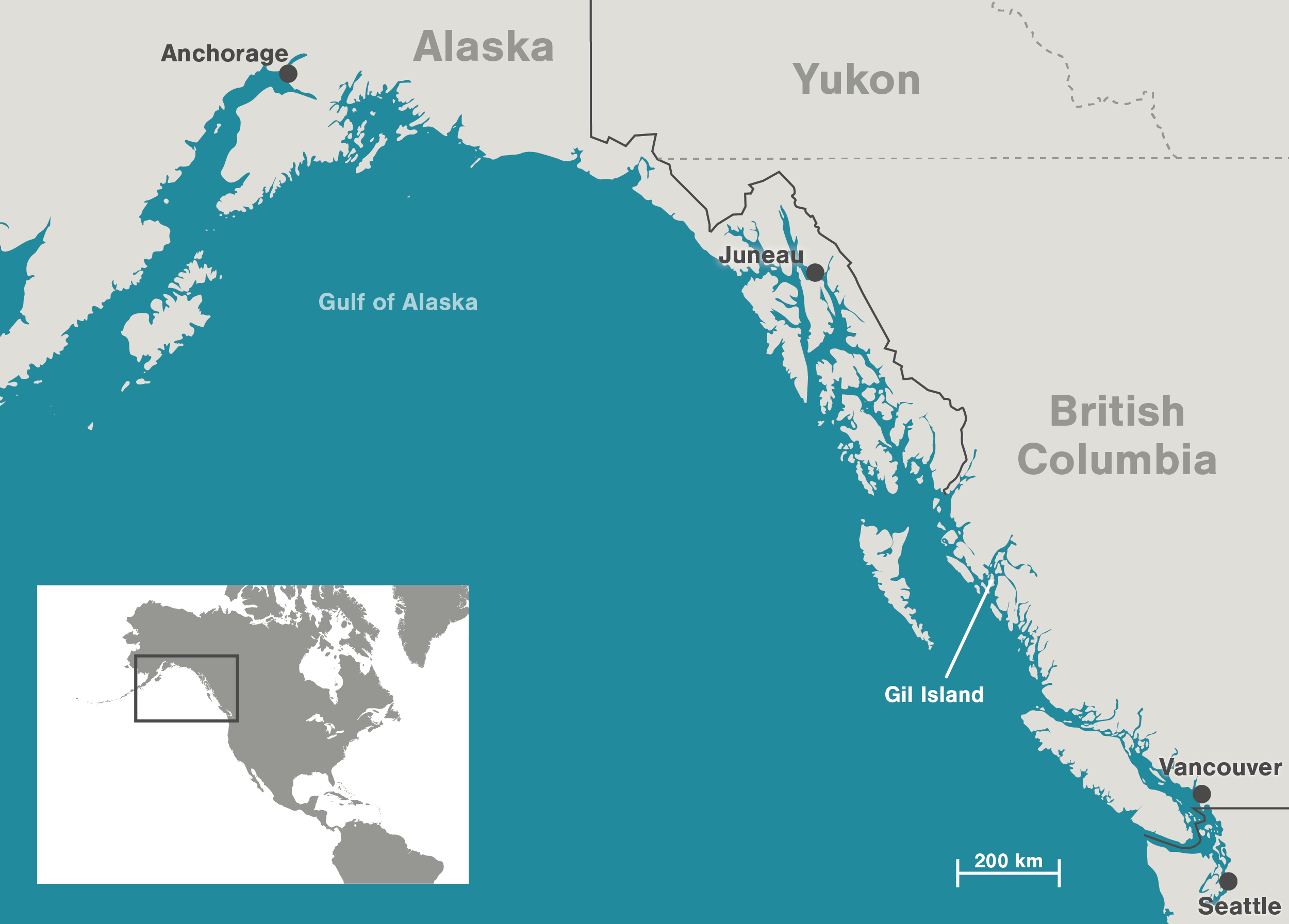
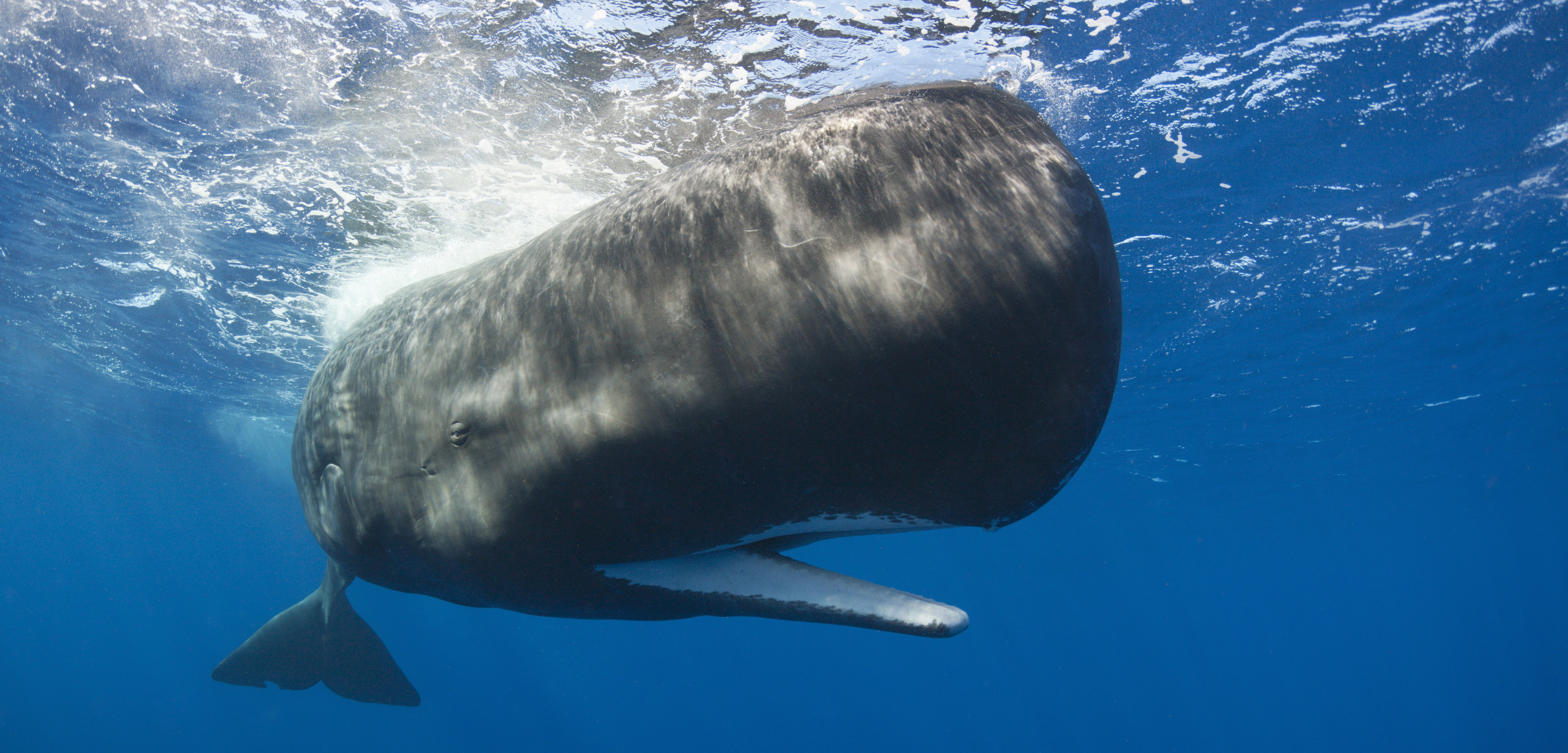
Sperm whales from the Caribbean can be identified by a unique “1+1+3” vocalization. Photo by Reinhard Dirscherl/Corbis
Caribbean Whales Have an Accent
Research shows Caribbean sperm whales share a unique regional call.
Caribbean Whales Have an Accent | Hakai Magazine
rbkwp
Mythical Member
- Joined
- Aug 21, 2007
- Posts
- 90,207
- Media
- 1
- Likes
- 52,524
- Points
- 608
- Location
- Auckland, Auckland, NZ
- Sexuality
- 100% Gay, 0% Straight
- Gender
- Male

Do Salmon Make Decisions as a Group? | Hakai Magazine
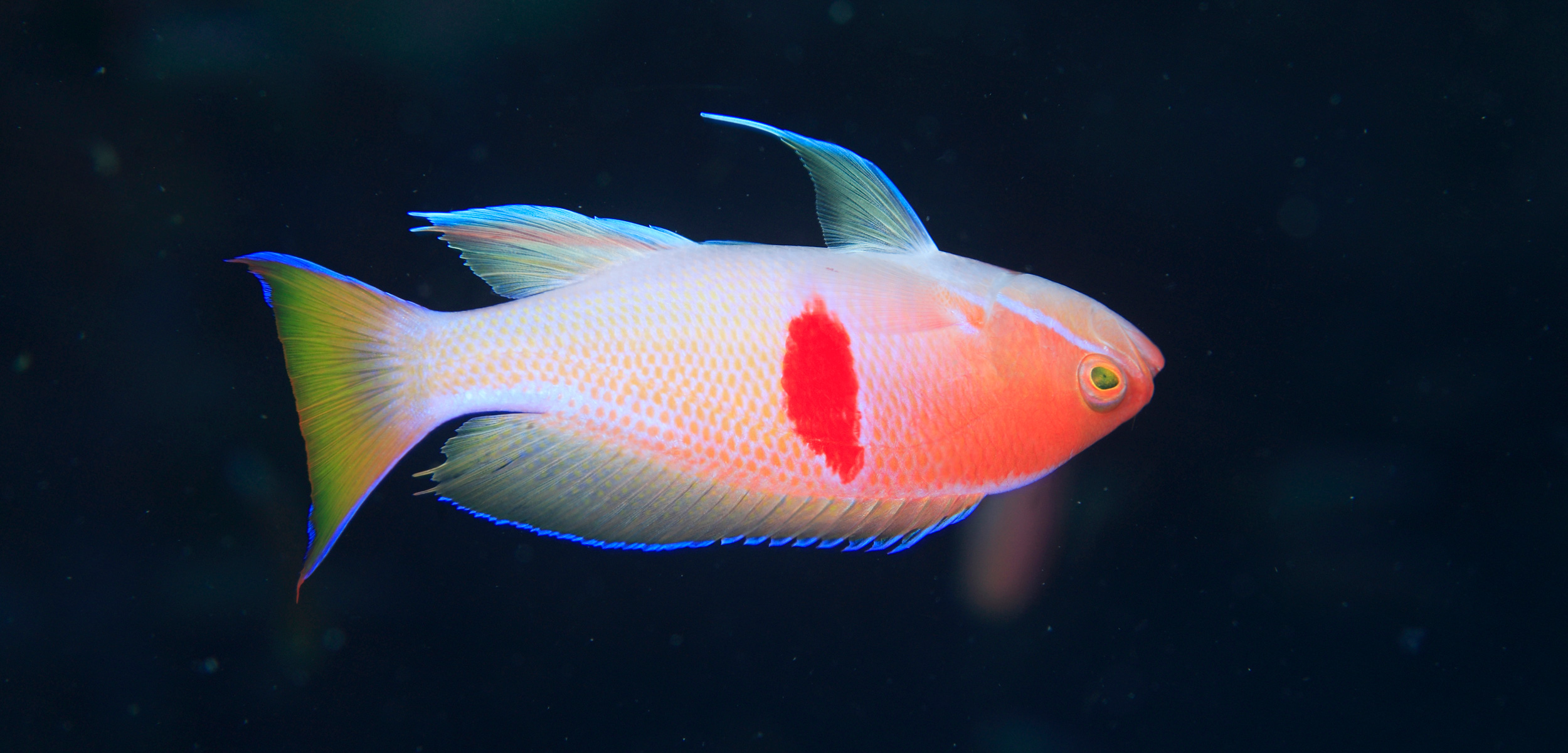
A quick flip makes everything about this red-belted anthias look wrong. Photo by Kagii Yasuaki/Minden Pictures
Why Don’t Fish Swim Upside Down?
It’s a natural question for animals that float, but few scientists have delved into the details.
Why Don’t Fish Swim Upside Down? | Hakai Magazine
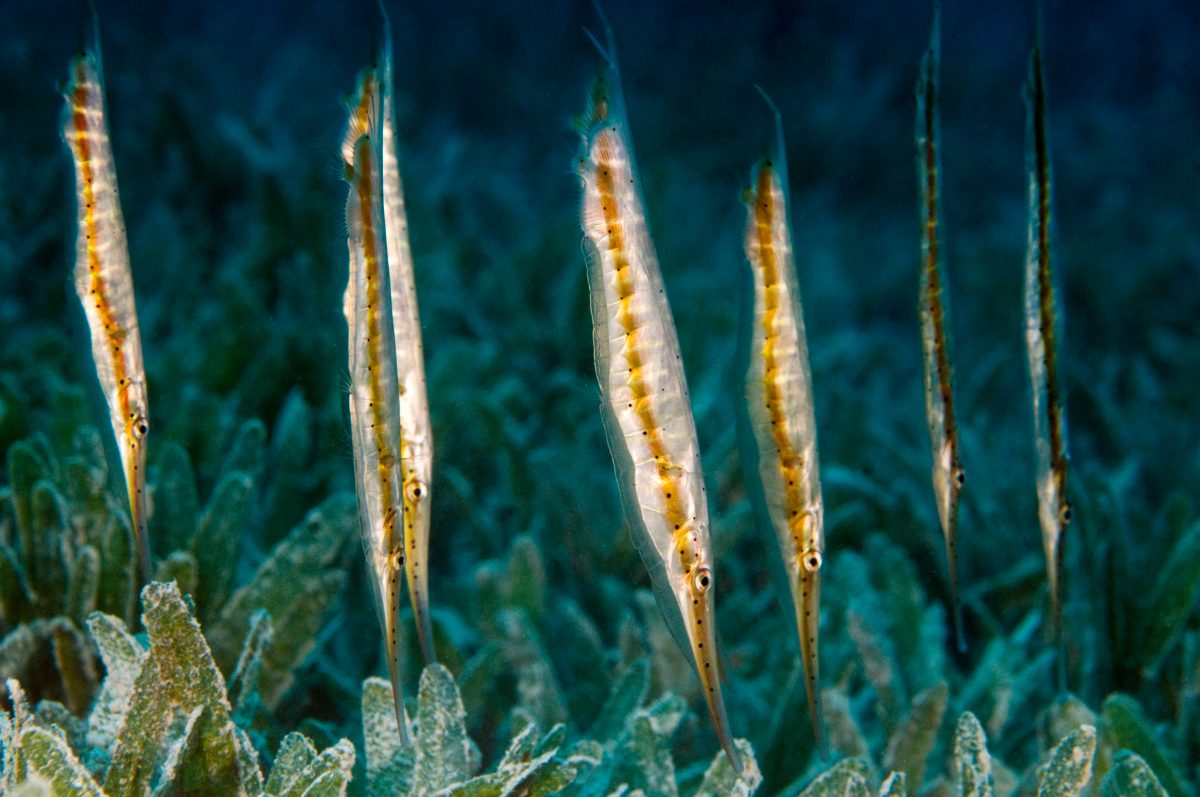
rbkwp
Mythical Member
- Joined
- Aug 21, 2007
- Posts
- 90,207
- Media
- 1
- Likes
- 52,524
- Points
- 608
- Location
- Auckland, Auckland, NZ
- Sexuality
- 100% Gay, 0% Straight
- Gender
- Male
Americans seem to refuse to mention this is the exact same place Edwaed Kennedy caused a major turmoil with the death of a woman
fact should never be hidden when well known people are involved
![deer-ticks-marthas-vineyards.jpg]()
Ticked Off on Martha’s Vineyard
Forget rubbing elbows with the rich and famous, you’re more likely to get Lyme disease on the island.
![header-ticks-marthas-vineyards.jpg]()
![tick-dragger-ticks-marthas-vineyards.jpg]()
![10-lone-star-ticks-marthas-vineyards.jpg]()
Ticked Off on Martha’s Vineyard | Hakai Magazine
fact should never be hidden when well known people are involved
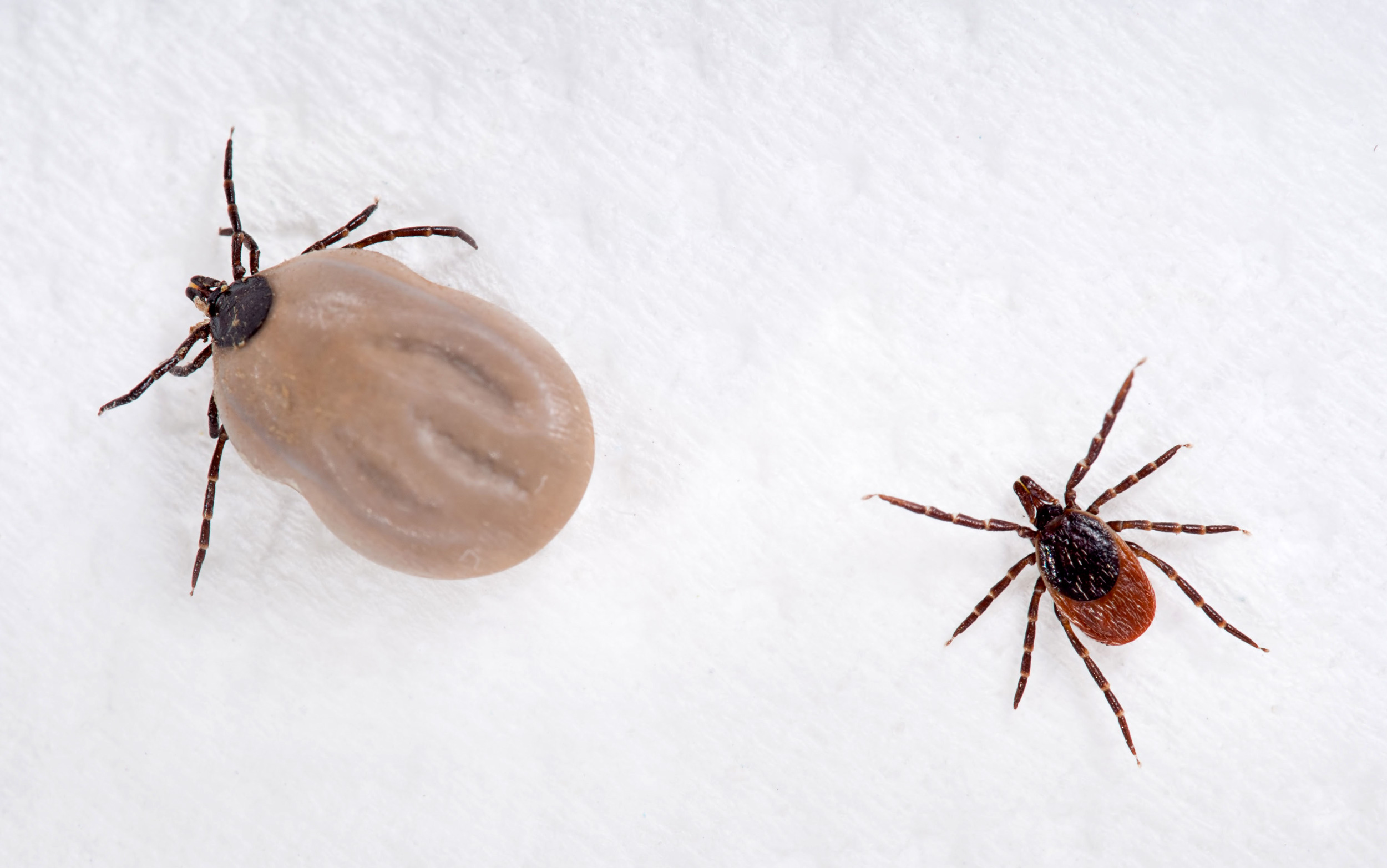
Ticked Off on Martha’s Vineyard
Forget rubbing elbows with the rich and famous, you’re more likely to get Lyme disease on the island.
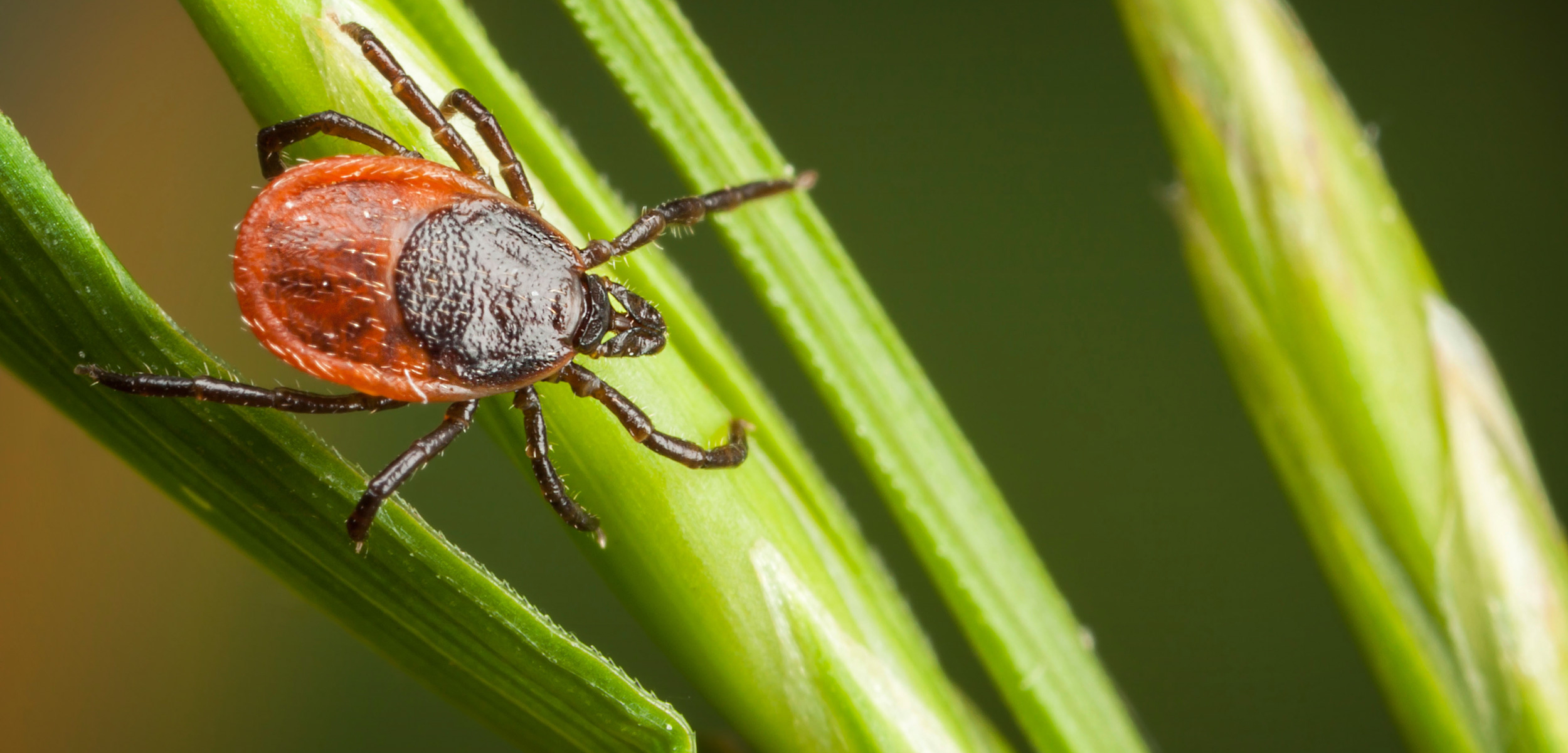
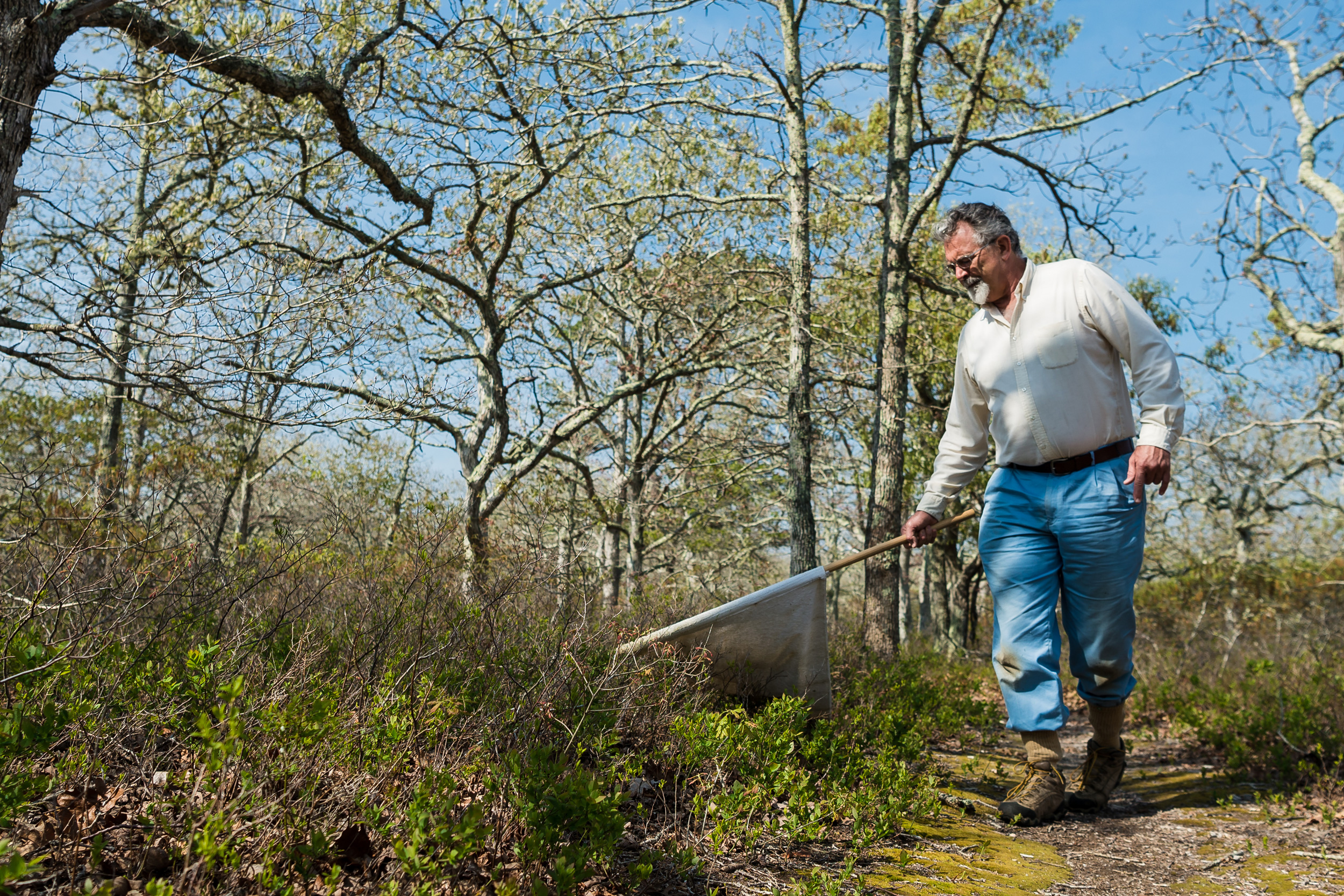
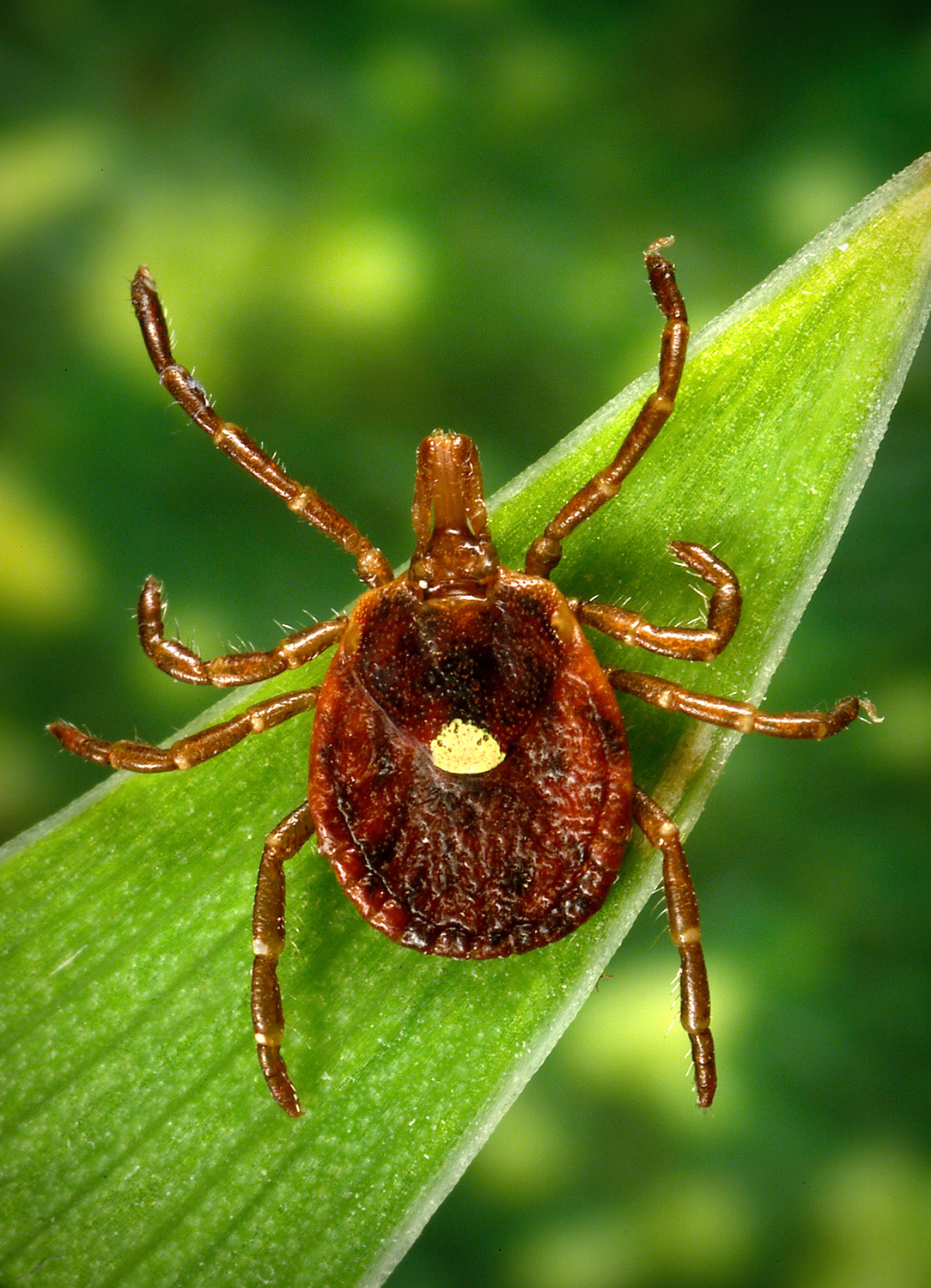
Ticked Off on Martha’s Vineyard | Hakai Magazine
5
516778
Guest
https://www.washingtonpost.com/weather/2019/07/31/greenland-ice-sheet-is-throes-one-its-greatest-melting-events-ever-recorded/
The Greenland ice sheet is in the throes of one of its greatest melting events ever recorded.
A record-setting European heat wave hit Greenland, causing a major melt on 60 percent of its ice sheet.
By some measures, the ice melt is more extreme than during a benchmark record event in July 2012, according to scientists analyzing the latest data. During that event, about 98 percent of the ice sheet experienced some surface melting, speeding up the process of shedding ice into the ocean.
To illustrate the magnitude of ice contained in Greenland, consider that if the entire ice sheet were to melt, it would raise sea levels by 23 feet.
The Greenland ice sheet is in the throes of one of its greatest melting events ever recorded.
A record-setting European heat wave hit Greenland, causing a major melt on 60 percent of its ice sheet.
By some measures, the ice melt is more extreme than during a benchmark record event in July 2012, according to scientists analyzing the latest data. During that event, about 98 percent of the ice sheet experienced some surface melting, speeding up the process of shedding ice into the ocean.
To illustrate the magnitude of ice contained in Greenland, consider that if the entire ice sheet were to melt, it would raise sea levels by 23 feet.
rbkwp
Mythical Member
- Joined
- Aug 21, 2007
- Posts
- 90,207
- Media
- 1
- Likes
- 52,524
- Points
- 608
- Location
- Auckland, Auckland, NZ
- Sexuality
- 100% Gay, 0% Straight
- Gender
- Male
geeesus paininass
heaps here as well
urbane boare.miss the use of the word feral duh
Boar wars: how wild hogs are trashing European cities – podcast
00:04:47
00:41:16
They have become a menace in European cities. In Barcelona, where wild boar are jostling tourists and raiding rubbish bins, the fightback has begun. By Bernhard Warner
How to listen to podcasts: everything you need to know
Written by Bernhard Warner, read by Christopher Ragland and produced by Simon Barnard
Fri 9 Aug 2019 12.00 BST
• Read the text version here
![3726.jpg]()
Photograph: SEFaS/Ajutament de Barcelona
More ways to listen
Boar wars: how wild hogs are trashing European cities – podcast
heaps here as well
urbane boare.miss the use of the word feral duh
Boar wars: how wild hogs are trashing European cities – podcast
00:04:47
00:41:16
They have become a menace in European cities. In Barcelona, where wild boar are jostling tourists and raiding rubbish bins, the fightback has begun. By Bernhard Warner
How to listen to podcasts: everything you need to know
Written by Bernhard Warner, read by Christopher Ragland and produced by Simon Barnard
Fri 9 Aug 2019 12.00 BST
• Read the text version here

Photograph: SEFaS/Ajutament de Barcelona
More ways to listen
Boar wars: how wild hogs are trashing European cities – podcast
rbkwp
Mythical Member
- Joined
- Aug 21, 2007
- Posts
- 90,207
- Media
- 1
- Likes
- 52,524
- Points
- 608
- Location
- Auckland, Auckland, NZ
- Sexuality
- 100% Gay, 0% Straight
- Gender
- Male
rbkwp
Mythical Member
- Joined
- Aug 21, 2007
- Posts
- 90,207
- Media
- 1
- Likes
- 52,524
- Points
- 608
- Location
- Auckland, Auckland, NZ
- Sexuality
- 100% Gay, 0% Straight
- Gender
- Male
Friday, August 9, 2019
![]()
Green Turtles Are Mistaking Plastic for the Sea Grass They Normally Eat
![]()
Scientists Now Expect Busier Hurricane Season as El Niño Ends
![]()
New Zealand’s Bird Biodiversity Loss Since Humans Arrived Would Take 50 Million Years to Recover, Study Finds
![]()
Ocean Heat Waves Kill Coral Instantly, Study Finds
![]()
Climate Change and Overfishing Could Lead to More Toxic Seafood
![]()
Nut-Eating Gorillas
In Loango National Forest of Gabon, a group of western lowland gorillas were recorded dining on leaves, fruits, and, to researchers’ surprise, nuts. Although they’re a staple in trail mix and human diets around the world, no one expected nuts to make it into gorilla cuisine.
READ MORE →

Green Turtles Are Mistaking Plastic for the Sea Grass They Normally Eat

Scientists Now Expect Busier Hurricane Season as El Niño Ends

New Zealand’s Bird Biodiversity Loss Since Humans Arrived Would Take 50 Million Years to Recover, Study Finds

Ocean Heat Waves Kill Coral Instantly, Study Finds

Climate Change and Overfishing Could Lead to More Toxic Seafood

Nut-Eating Gorillas
In Loango National Forest of Gabon, a group of western lowland gorillas were recorded dining on leaves, fruits, and, to researchers’ surprise, nuts. Although they’re a staple in trail mix and human diets around the world, no one expected nuts to make it into gorilla cuisine.
READ MORE →
rbkwp
Mythical Member
- Joined
- Aug 21, 2007
- Posts
- 90,207
- Media
- 1
- Likes
- 52,524
- Points
- 608
- Location
- Auckland, Auckland, NZ
- Sexuality
- 100% Gay, 0% Straight
- Gender
- Male
rbkwp
Mythical Member
- Joined
- Aug 21, 2007
- Posts
- 90,207
- Media
- 1
- Likes
- 52,524
- Points
- 608
- Location
- Auckland, Auckland, NZ
- Sexuality
- 100% Gay, 0% Straight
- Gender
- Male
aussies getting alll excited
ie no deaths
but there special relationship 2 USA will commiserate re there very own
but
the USA shalt say by tweet tomorrow
thoiughts and prayers'
dont forget
'no deaths'
those BRAVE BRAVE MEN AND THERE MILK CRATE
ALI ATQUEBA/
'actonot terrorisim, who started it all huh haha
ue vale'ave
(hail & farewell)
#3031
rbkwp, A moment ago
ie no deaths
but there special relationship 2 USA will commiserate re there very own
but
the USA shalt say by tweet tomorrow
thoiughts and prayers'
dont forget
'no deaths'
those BRAVE BRAVE MEN AND THERE MILK CRATE
ALI ATQUEBA/
'actonot terrorisim, who started it all huh haha
ue vale'ave
(hail & farewell)
#3031
rbkwp, A moment ago
rbkwp
Mythical Member
- Joined
- Aug 21, 2007
- Posts
- 90,207
- Media
- 1
- Likes
- 52,524
- Points
- 608
- Location
- Auckland, Auckland, NZ
- Sexuality
- 100% Gay, 0% Straight
- Gender
- Male
let it not be said I favour my own country
I am aware we all have downfalls
New Zealand's syphilis and gonorrhoea rates 'significantly' increasing
Hannah Martin13:42, Jul 02 2019
I am aware we all have downfalls
New Zealand's syphilis and gonorrhoea rates 'significantly' increasing
Hannah Martin13:42, Jul 02 2019
- A surveillance report released by ESR this week showed syphilis rates were "steadily" increasing and gonorrhoea cases "significantly" spiked.
There were 548 syphilis cases in the 12 months ending March 2019, with
![1562031753593.jpg]()
and
we males all look similar
rbkwp
Mythical Member
- Joined
- Aug 21, 2007
- Posts
- 90,207
- Media
- 1
- Likes
- 52,524
- Points
- 608
- Location
- Auckland, Auckland, NZ
- Sexuality
- 100% Gay, 0% Straight
- Gender
- Male
Humans of Dublin just posted THIS story about a rescue puppy and it’s melting our hearts
![AAFHDmz.img]()
Humans of Dublin just posted THIS story about a rescue puppy and it’s melting our hearts
![AAFHPDB.img]()
![BBK9MTc.img]()

Humans of Dublin just posted THIS story about a rescue puppy and it’s melting our hearts


Similar threads
Photos & Videos
Random vids
- Replies
- 12
- Views
- 2K
- Replies
- 1
- Views
- 69
- Replies
- 3
- Views
- 270
- Replies
- 0
- Views
- 108





